#south silk
Explore tagged Tumblr posts
Text

1 note
·
View note
Text

Toborochi Tree, Bolivia: The toborochi tree is an emblematic icon of Santa Cruz de la Sierra, Bolivia. it is present in its coat of arms (granted by the King of Spain Don Felipe IV in 1636). It is a symbol of the hospitality of its people, as indigenous people used to take refuge in the hollow trunks of the toborochi... Ceiba speciosa, the floss silk tree is a species of deciduous tree that is native to the tropical and subtropical forests of South America. In Bolivia, it is called toborochi, meaning "tree of refuge" or "sheltering tree. Wikipedia
#Toborochi Tree#drunken tree#silk floss tree#Santa Cruz de la Sierra#Bolivia#south america#south american continent
192 notes
·
View notes
Text
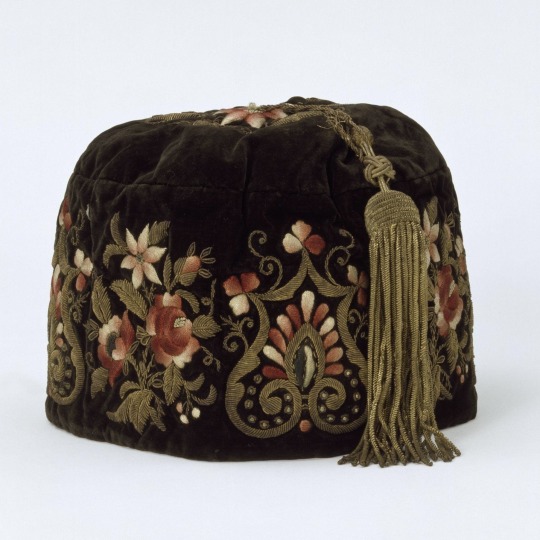
Dark brown embroidered velvet smoking cap, 1866, South American.
Victoria and Albert Museum.
#hat#smoking cap#menswear#1860s#1866#velvet#embroidery#floral#brown#South America#1860s hat#1860s menswear#extant garments#silk#19th century#1860s extant garment#v&a
92 notes
·
View notes
Text









Vintage photo (dating back to the 18th century) of Gioiosa Ionica's Madonna del Rosario surrounded by winged cherubs holding religious symbols.
Later the symbols were replaced by decorative lamps.
The other photos show ancient silk dresses with embroidery done with gold thread.
Gioiosa Ionica, Calabria, Italy
Photos by GIOIOSA IONICA (RC)
Follow us on Instagram, @calabria_mediterranea
#gioiosa ionica#calabria#virgin mary#holy mary#madonna del rosario#catholic#religion#silk#dress#gold#handicraft#handicrafts#south italy#italy#italia#southern italy#embroidery#angels#cherubs#sculpture#sculptures#art#italian#italian art#18th century#textile
16 notes
·
View notes
Text
Korean School
19th century
A leopard, two tigers and a magpie
Jakhodo
watercolour, silk, gilt
the panel gilt-edged and now laid on a green patterned silk ground
framed 124.5cm. by 82cm.
4 3/4in. by 2ft. 8 1/4in.

#Korean School#19th century#A leopard two tigers and a magpie#Jakhodo#watercolour silk gilt#the panel gilt-edged#now laid on a green patterned silk ground#framed 124.5cm. by 82cm.#4 3/4in. by 2ft. 8 1/4in.#painting art#original art#art#orientalism#artist painter#south korean artist painter#korean traditional painter#south korean art#korean artist#korean art#art gallery#historical art#illustration art#pastel colors#art contemporary#persian artist#art colors#octopussi#salderi#xpuigc#xpuigc bloc
8 notes
·
View notes
Text
I realized that like, Little Women is the antithesis to Gone with The Wind, but Little Women is actually more accurate and was written by someone who actually lived through the Civil War, but GWTW was written by someone who only heard biased secondhand accounts from their relatives
#Like in GWTW the characters are slave owners with a plantation who become less rich for a while#and Scarlett cheats and steals and kills and does everything she possibly can to stay rich including continuing slave labor for her mill#and ghe characters are in the South#vs Little Women where the characters are less rich specifically bc they used money to help the poor#and theyre an abolitionist family from the North who inconveniences themselves to help the poor & fight for the North#& advocate for not only an end to slavery but ALSO to end segregation & go out of their way to not wear silk bc of slavery
37 notes
·
View notes
Text
South India Through My Lens 🛺🪷🥥🎣
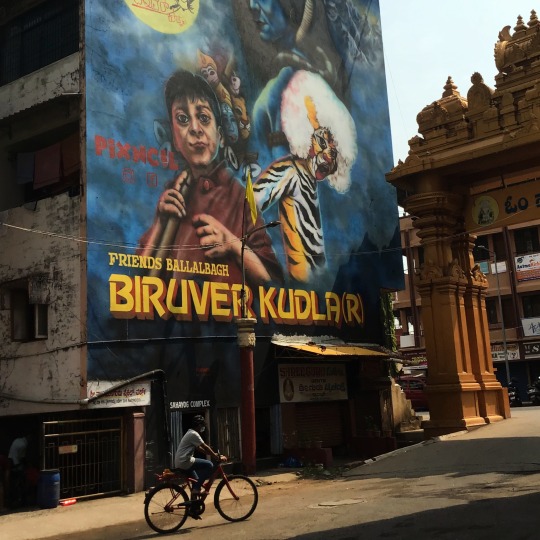

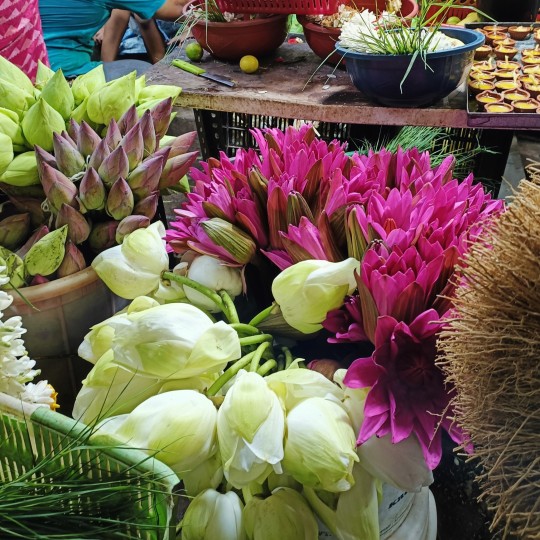
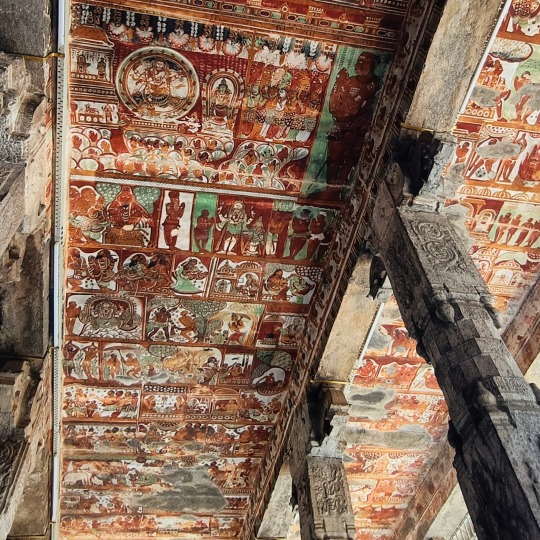



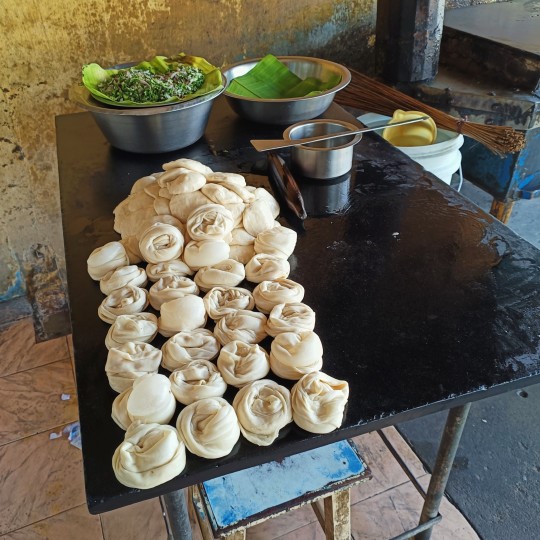
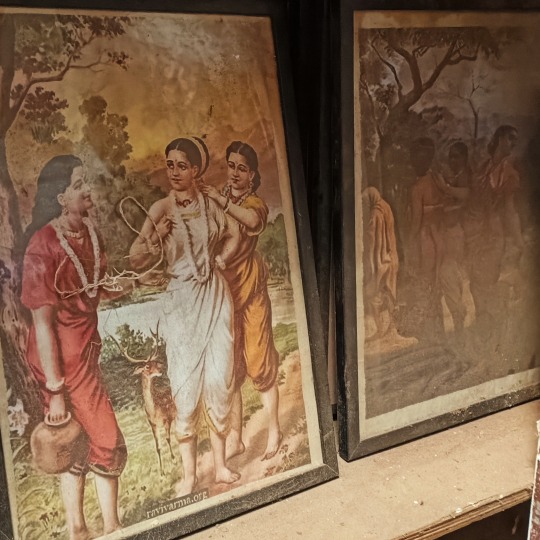
Threw in the only Baale Yele Oota picture I'd taken
P.S. - These are all pics from my camera roll so please don't use them for other moodboards tysmm
#1. Mangalore - Pixncl happens to be the this cool ass graffiti artist whos pieces you can find almost anywhere in Mangalore#2. This Ajji at Malemahadeshwara hills temple vicinity#3. the entire street near the Ganesh temple in pondicherry close to the promenade is straight up vibes#4. the murals on the roof of the chidambaram temple in Pondicherry#5. the suvarna vidhana soudha in belagavi#6. the only baale yele oota pic i could find on my camera roll otherwise howww would i call this a south india post???#7. just my gramma in her hott red-black mysore silk saree#8. the only veg mess we could find on our way to tn where they were prepping for their afternoon batch of parottas#9. this antique store which had several unrestored paintings and a ton of raja ravi varma painting prints#desiblr#desi tumblr#desi tag#through my lens 📷
21 notes
·
View notes
Text

미인도 Beauty - 1985
Kim Bohie - South Korean, b. 1952
Color on Silk, 140.0 x 75.0 cm
6 notes
·
View notes
Text
Jorge Martin is kinda cunty for having a tattoo of his girlfriend's eyes on his forearm. A bisexual slut of a man being obsessed with you enough to get you tattooed on his body is actually the dream scenario for a lot of my girlfriends so it's cute that he has committed to the bit. Jorge I'm sorry I simply wasn't aware of your game like that.
#jorge martin#jm89#motogp#pramac#pramac racing#tbh I have been around enough men to know that usually a tattoo is like overcompensation for some hilariously bad behaviour#but in this case I will choose to believe he just really really likes his girlfriend#also I will still stand by my opinion that he just looks like a handsome south delhi boy#his natural environment is inside DLF Emporio wearing a silk shirt#buying ugly things from gucci#I love his down low vibes
21 notes
·
View notes
Text



Trinette Lucas
#trinette lucas#pakistani#beautiful#asian#brown eyes#fashion#model#pakistan#desi#south asian#silver#purple#silk#ocean#waves#water#black hair#mehlum sadriwala#photography
11 notes
·
View notes
Text

Uh...super totally cool and not nerdy stuff....
Um nothing about the new discovery of Harrapan civilization shipyards at Lothal - the heart of the old south Asian civ.
And how that explains south Asian artifacts and more in cradle Mesopotamia and Egyptian sites and what that means for earlier old world trade, this stories, and back and forth religious perhaps influences too?!
Because it is officially now recognized as THE WORLD'S OLDEST PORT!!!!!
And they found foreign artifacts IN the shipyards too! So back and forth trade as well as obvy like mentioned the fact Indian artifacts showed up in the Persian Gulf coast.
But what's crazy is the fact there's networks of rivers and paths showing people traveled and traded TO Lothal (on their way) and then some from Lothal bought and traded onwards and some continued their journeys from there to Mesopotamia (today Iraq). That is huge!
Um...oh, and uh cars, and how to make a PVC tube snow ball when winter comes so I'm prepared to be the most dominant force on my block. Get rekt!
...also the history of sapphic pirates.
Oh, map representation of the water was from Nal Sarova and all the way up from Ahmedabad for how people could get to Lothal -- for some the boat trip was only two days on a boat with a little humped thatched roof over it.

Two days of river going comfortably and you could be at a trade epicenter (water NYC) then from there outward into the wider world to trade with other cradle civilizations. Idk if you get how fucking huge that is for a trader. Think about the stories traded back and forth, superstitions, myths, folktales, lives, and of course they money, goods, information. Learned people would travel ABSOLUTELY for the sake of knowledge and the new.
South Asia was home to the world's oldest residential university. Most of the cradle civilizations were more advanced than many give them credit for because they had built up the wealth/resources at the time to invest back into the collection and pursuit of knowledge so higher level learning through schools of various sorts and private tutelage and having just people dedicated to its pursuits (and libraries of course) all existed and could be funded/possible.
The old world was FAR more interconnected than people realize.
But this is freaking super duper cool.
The Silk Road maritime routes were absolutely documented. But that is a far way away from this period in time.
#google search#search history#Lothal#Mesopotamia#Egyptian#ancient world#ancient history#world trades#South Asia#Southeast asia#silk road#maritime history#oldest ports#persian gulf#Nal Sarova#definitely not nerdy stuff#internet search history#internet history#just writer things#just writer stuff#history is cool#how cool is this#look at this map
4 notes
·
View notes
Note
I feel like Valeria would very much like to tie someone up. She gives very controlling Dom vibes.
dom!valeria is definitely into rigging/bondage!!
#silk ties; thin ropes; your own panties; who knows#valeria garza#valeria cod#valeria headcanons#valeria garza cod#valeria mw2#los vaqueros#kortac operators#kortac#south korea#rachel speaks#not writing
11 notes
·
View notes
Text

Seventh entry for @sweetspicybingo - Coffee (third bingo! only two more to go for blackout)
Narutoverse | KisaKonan | G | ~700 words
How Akatsuki disposes of the dead is not a concern to Kisame the way it is for Konan. After they kill the Kumo-nin, she wraps the body in a paper shroud and lights three sticks of incense before Zetsu comes. Even traitors deserve proper rites; or at least the rites she can spare. After the affair is done, she teaches Kisame how to perform the transmission jutsu so they can report mission-status to Pein. He congratulates them on a job well-done and asks if they can accommodate a second mission on their way back. (Konan knows by now that there is no room to refuse.)
This is how they find themselves entering a dark, wet cave in Hot Water Country. The strong smell of salt and limestone envelop them in a thick, humid blanket. When they reach the shore, it's pitch black outside. One can hardly see the schooner tied to a hastily-made dock. The skeleton crew of five is easy work for Kisame– not even worth his blade. He drowns them in the sea before they even notice he's there while Konan goes through the captain's things.
The schooner is a light vessel, carrying no more than twenty crates and lit only by three oil lamps. A horse-cart and a donkey are tied up, braying as Konan unties the beast. It runs off into the night. No sense in taking something that'll only slow them down.
"How much does Leader-sama want us to take back?" Kisame asks, surveying the crates.
"He didn't say." She answers as she finds a crowbar to pry one of the crates open. Cotton bolts. There's five crates full of cotton bolts. She finds five more loaded with silk. Pein wants them to sell this? Kakuzu must be on thin coffers if he's asking Akatsuki to rob some poor merchant.
She hears the sharp slam of a crate top behind her. Looking behind, Konan sees Kisame recoiling, lips curled back in disgust. Something he found? Perhaps the cargo is unusual after all. She opens a canvas bag and finds small, fragrant beans. Dried? Dipping her hand in, they sound like heavy grains of rice as they fall between her fingers back into the bulk.
"Hoshigaki-san, come here. Bring another lamp."
The additional light doesn't solve the mystery. They look like adzuki beans. But adzuki beans don't smell like this; warm and bitter.
"They're coffee beans." Kisame offers. (Konan is getting tired of not knowing so many things outside of Amegakure.) "Something from the west. The daimyo like it."
Ah, so they're illegal beans.
"This whole shipment is probably going to one manor."
She leaves his side, examining the other crates. Books in English. More cotton bolts. Then, she happens upon a crate that hasn't been properly shut. The one Kisame didn't like? Konan pushes the top aside and digs through the straw. Her hands meet something rough. She hangs the lamp on a post and brings it up. Another bolt– something like leather but with more scales. The texture is fine and sandy. What is it they use to wrap katana hilts with?
"Sharkskin." She whispers to herself, realizing what it must be from Kisame's reaction.
Kisame returns to her after he's done with inventory. Five bags of coffee beans. Two crates of books. Eight crates each of silk and cotton. He looks around her and tells her, "Three crates of shagreen." Even though none of the crates have been opened.
"What do you want to bring back, Konan-san?"
There's no argument in her mind.
"Ten kilos of coffee, five bolts of silk, and as many books as we can carry. Bury the leftover coffee, books, and silk. I'll send for it later."
"What of the rest?"
"Sink the rest."
A look of quiet relief pans across Kisame's face. He does as he's ordered while Konan sorts through their plunder. Later, when they're eating at camp, he thanks her.
"What for?"
"The shagreen is worth more than the whole ship. You knew that."
Yet she ordered him to dump it. Konan blinks and settles her mind, breath coming to a quiet pulse.
"My comrades are worth more than shagreen."
Kisame looks at her in shock. Unable to reply, he simply goes back to his meal. If she looks hard enough, Konan swears she can see him smile.
#sweetspicywinter#shagreen is the word for this type of material#it can be made from other animals but this one is made from sharkskin#when only the dutch traded with japan in nagasaki#cotton silk and shagreen are listed in the wiki as stuff that also came through those ports from south asia#[♣️–vdwrites]#♣️–kisame#♣️–konan#naruto fanfiction#kisakonan#konan#hoshigaki kisame#♣️–challenge
4 notes
·
View notes
Text

Golden silk orb-weaver (Trichonephila clavipes)
#My photo#Trichonephila clavipes#Golden silk orb-weaver#Arachnology#South America#Latin America#Brazil#Aranha#Araña#Natureza#Naturaleza#Nature#Arachnids#Nephilidae#Araneae#Arachnida#Spider#Hämähäkki#Luonto
4 notes
·
View notes
Text
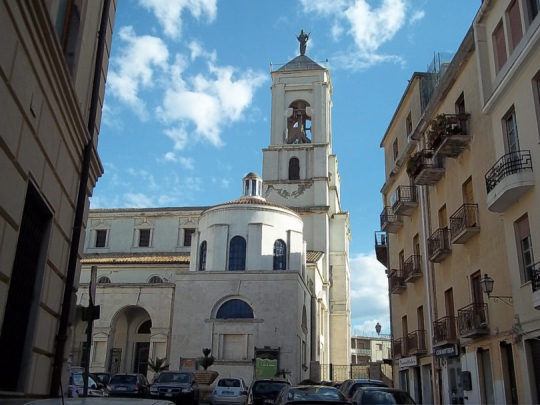
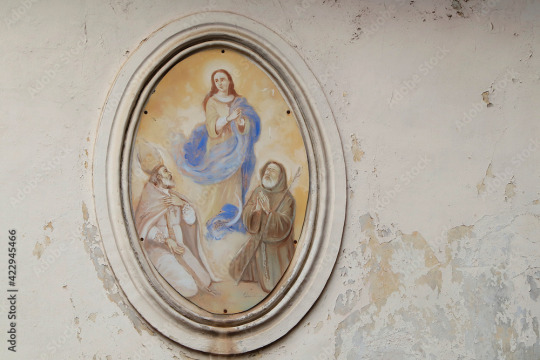
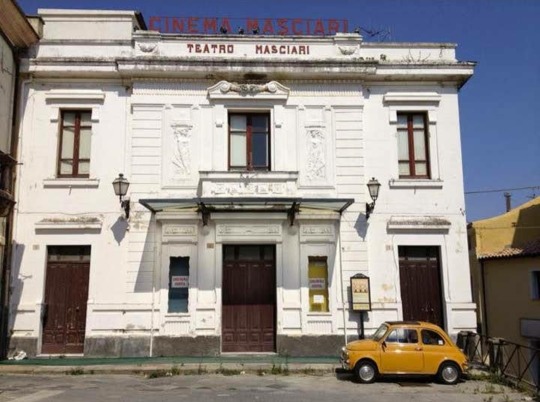
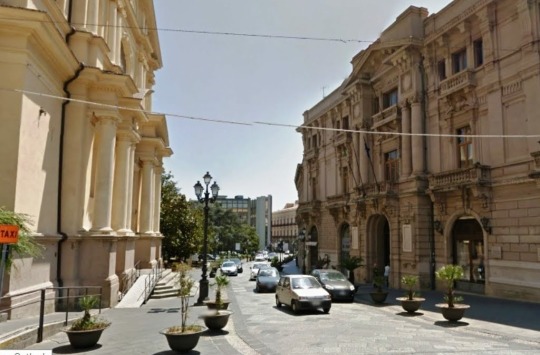
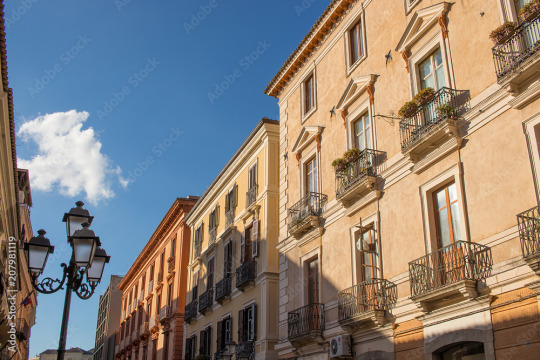
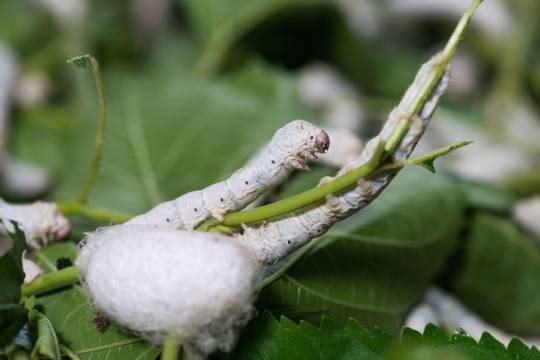
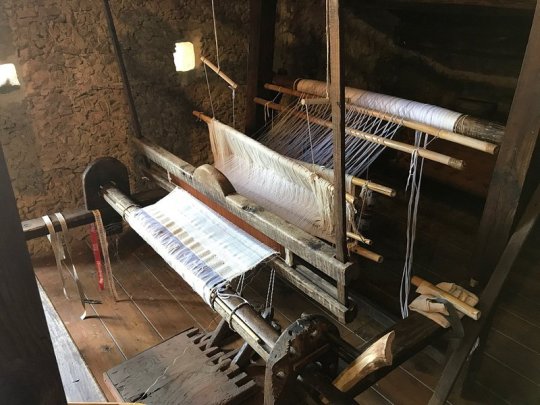
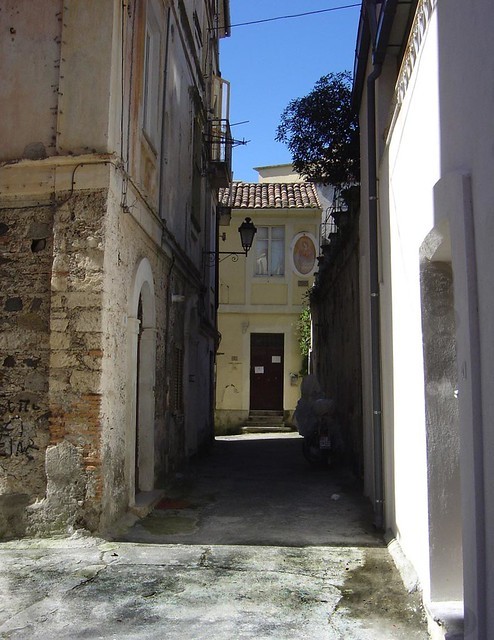

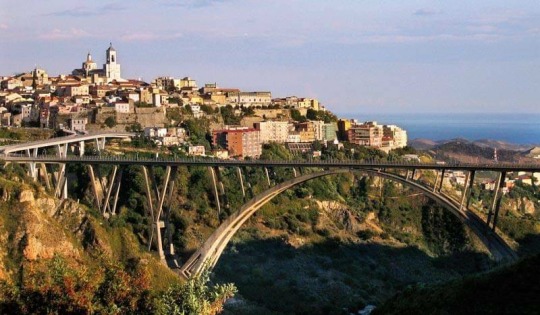
Catanzaro, Calabria, Italy
This ancient town which rises on a rock is the capital of the Calabria region. It was founded in 9th century by the Byzantines and was built over three hills in order to protect the town from the Saracen attacks arriving from the lonian sea.
At the beginning of the tenth century (c. 903), the city of Catanzaro was occupied by the Muslim Saracens, who founded an emirate and took the Arab name of قطنصار - Qatanşār.
An Arab presence is evidenced by findings at an eighth-century necropolis which had items with Arabic inscriptions. Around the year 1050, Catanzaro rebelled against Saracen dominance and returned to a brief period of Byzantine control.
Under the Byzantine dominion, between the end of the 9th and the beginning of the 10th century, Calabria was one was one the first places in Italy to introduce the breeding of the silkworm in the 11th century.
According to French historian André Guillou, mulberry trees for the production of raw silk were introduced to Calabria by the Byzantines at the end of the 9th century. Mulberry leaves are the only leaves that silkworms eat.
Around 1050, the theme of Calabria had cultivated 24,000, mulberry trees for their foliage, with growth still ongoing.
The peasants of the countryside around the city produced the raw silk, which was then woven in the silk workshops of Catanzaro. A large part of the population was involved in this business, and the silk of Catanzaro supplied almost all of Europe.
The silk was sold in a large market fair in the port of Reggio Calabria, to Spanish, Venetians, Genovese and Dutch merchants.
Today, three young friends have come together to bring local traditions back to the fore. In 2014 they decided to build their future in San Floro, a tiny village of 600 inhabitants near the city of Catanzaro and restore the traditional mulberry tree planting and cultivation needed for the rearing of silkworms. Historically, San Floro was famous for a very significant production of raw silk in the 17th century, though this heritage had been completely lost in modern times.
The only surviving elements of this rich legacy were the 3,000 abandoned mulberry trees and the memory of the elderly villagers. Miriam and her friends brought back the production of silk, rewinding the threads of history and travelling across the world to exchange best practices with silk institutes in Thailand, India, Switzerland, and France.
As part of its development, they trained people interested in their new, sustainable production model and also brought thousands of tourists from all over the world to visit their farm (Nido di Seta) to experience how silk is produced first-hand.
Catanzaro is a windy city due to its altitude and position between two seas. In fact, there is only 30 km separating the Ionian Sea from the Tyrrhenian Sea and Catanzaro is wide open to the constant strong breezes from the Ionian Sea and the Sila mountains.
Follow us on Instagram, @calabria_mediterranea
#catanzaro#calabria#italy#italia#south italy#southern italy#italian#mediterranean#silk#the silkworm#silk road#europe#architecture#textile#loom#mulberry tree#history#muslim#saracens#italian landscape#landscape#mediterranean sea#arab#byzantine#byzantine empire#weaving#nido di seta
23 notes
·
View notes
Text
580 pieces of relics retrieved from ancient shipwrecks-Xinhua
via Xinhua, 19 October 2023: 580 relics from Ming Dynasty shipwrecks in the South China Sea shed light on China's ancient Maritime Silk Road.
via Xinhua, 19 October 2023: Nearly 580 artefacts, including porcelain, pottery, and timber, have been discovered in two ancient shipwrecks in the South China Sea. These findings, announced by China’s National Cultural Heritage Administration, date back to the Ming Dynasty (1368-1644) and were found about 1,500 meters below sea level. The relics offer concrete evidence of China’s historical…
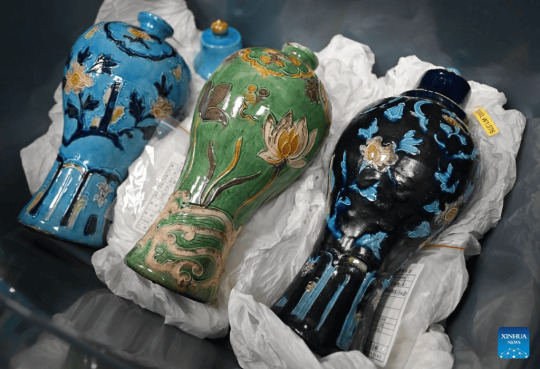
View On WordPress
#ceramics#Maritime Silk Road#Ming Dynasty (kingdom)#shipwrecks#South China Sea#underwater archaeology#underwater cultural heritage#wood
3 notes
·
View notes